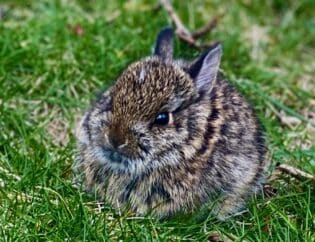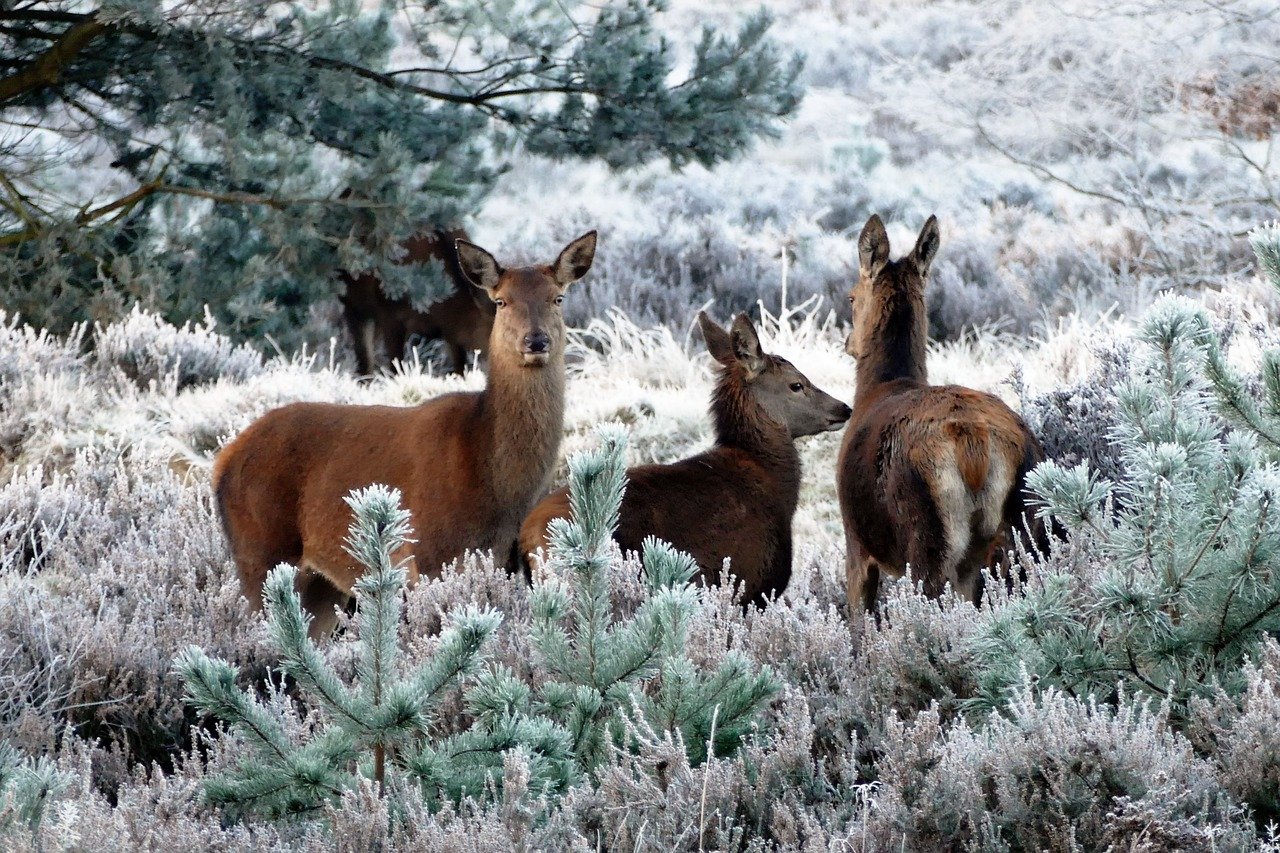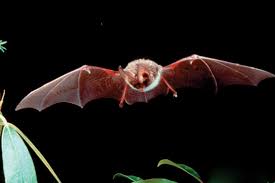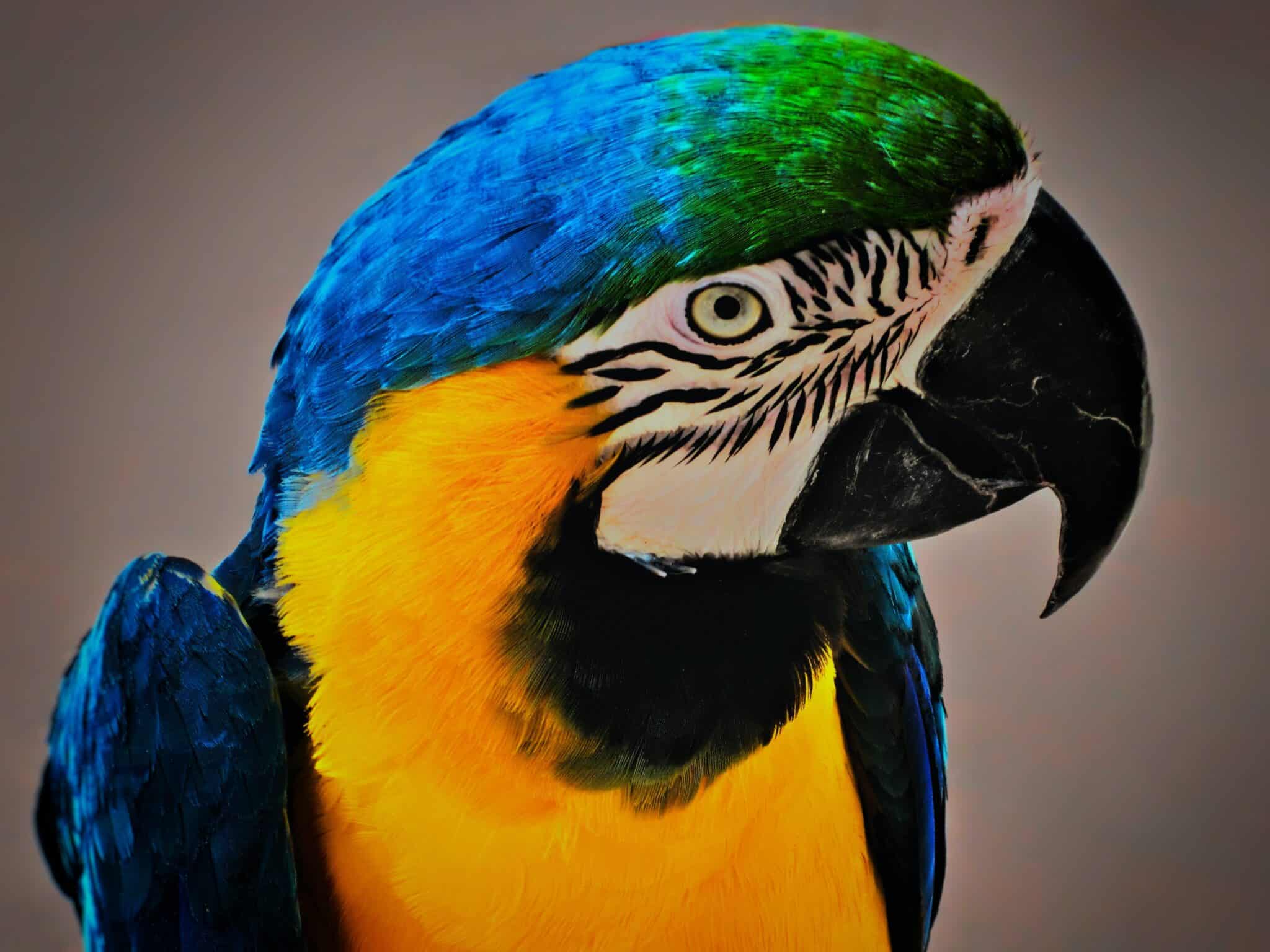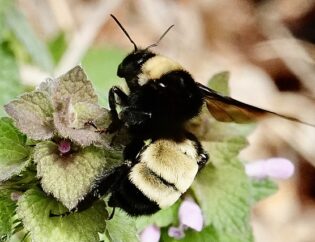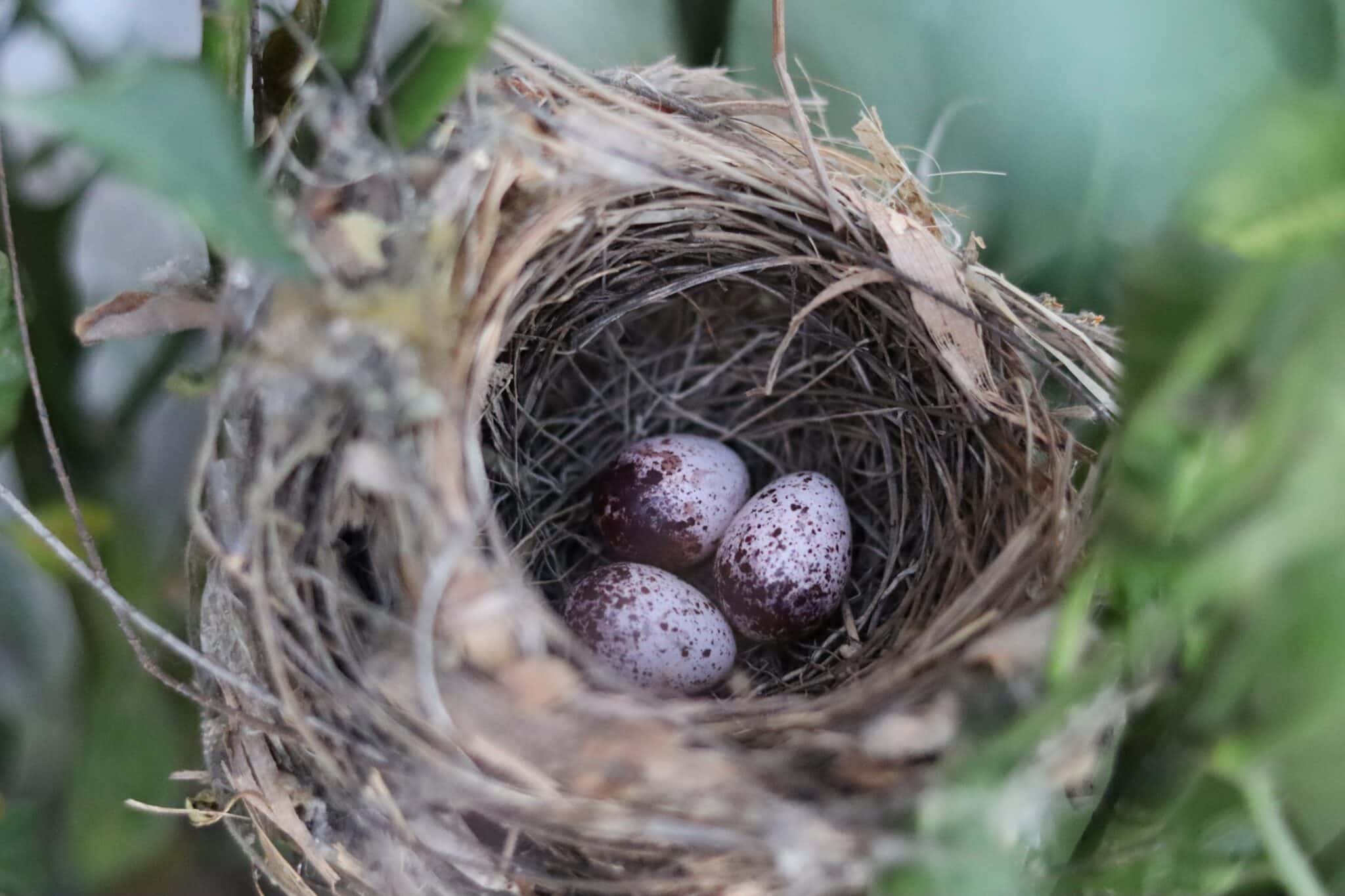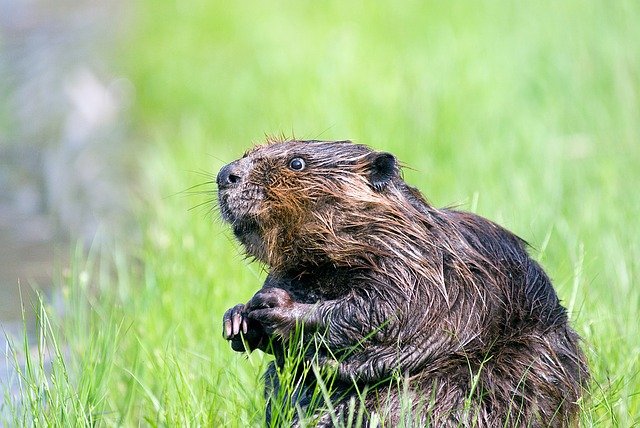
Sure, they're busy! Beavers shape our world, reengineering the landscape as they make suitable habitats.
Beavers are one of the largest rodents in the world. They are usually about two to three feet long and have a tail similar to a platypus, big buck teeth for chopping down trees and dense, warm fur. Their fur has unfortunately always been highly prized by humans, so they are hunted a lot.
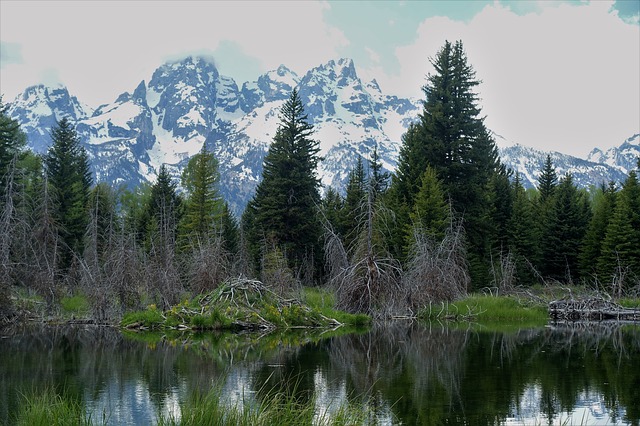
Beavers live in dens (called lodges) in the middle of a pond or lake. They live with water surrounding them on all sides so that they are safe from most of their predators. Kind of like a castle. A beaver lodge would just float away in a river so that's where the dams come in. Beavers build dams so the water levels become still so they can build their home.
There are two species of beavers. American beavers live throughout North America but avoid deserts and the far northern areas of Canada. Eurasian beavers used to live all over Europe and Asia, but today, they only live in small numbers in southern Scandinavia, Germany, France, Poland, and central Russia due to overhunting
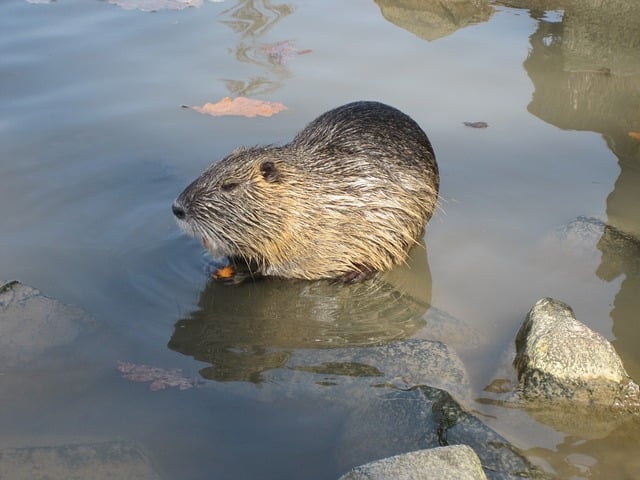
Threats to beavers include things animal predators, hunters, and pollution. Hunters of beavers include wolves, coyotes, bears, and humans. Two other significant threats to beavers are water pollution and habitat loss through the drainage of wetlands.
Beavers help the environment just by living! Their dams create wetlands for other animals such as freshwater fish, migratory birds, amphibians, turtles and more wetland species to live in. Beavers are a big help to the environment without even trying—now that’s awesome!
Fun Facts
Beaver teeth are constantly growing. They have to cut down trees for their dams to keep the teeth at a manageable size. Imagine what those buck teeth would look like if they didn’t cut down trees!
They live up to 24 years in the wild.
Beavers are active all winter, swimming and foraging in their ponds even when a layer of ice covers the surface.
What you can do to help beavers
-
-
- If you have trash or some kind of waste, dispose of it properly, and definitely don’t put it in a lake, pond, or river.
- Protect beavers' habitats in any way you can think of.
- Write articles like this one to influence others to help the environment.
-
Learn more about beavers
https://www.wildrepublic.com/product/beaver/
https://www.youtube.com/watch?v=OMdYIvbyGd4
https://www.livescience.com/52460-beavers.html
https://defenders.org/wildlife/beaver
https://www.nationalgeographic.com/animals/mammals/facts/beaver
Little Beaver s search for a friend he thinks he hears across a pond is perfect for every child who's ever felt lonely.
How beavers dam ponds and build lodges are just two of 14 topics in this clearly written title in the popular and informative Kids Can Press Wildlife Series.
I hope you enjoyed learning about beavers. They are my favorite animal!
By Calvin (age 11)




